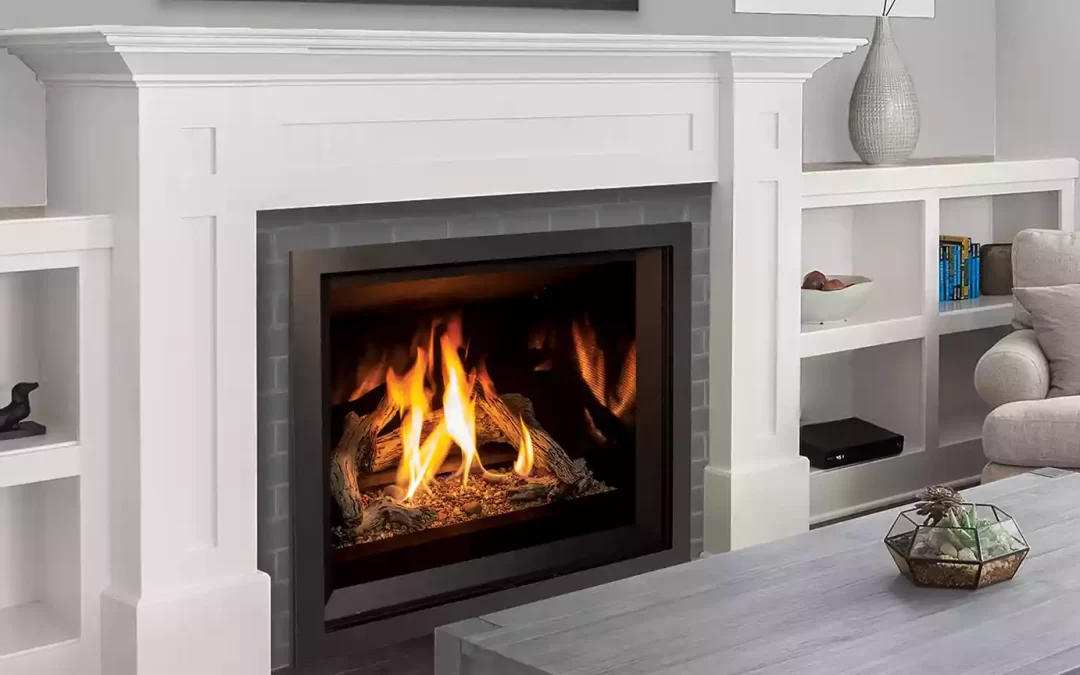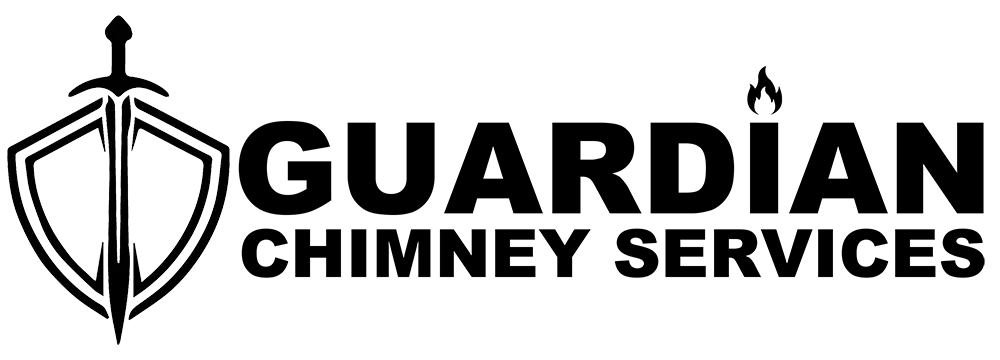Best Practices for Using a Wood-Burning Fireplace
by Lisa | Aug 23, 2023 | Misc |

Best Practices for Using a Wood-Burning Fireplace
Using a wood-burning fireplace involves several best practices to maintain safety and efficiency. Adhering to these guidelines helps you enjoy the warmth and ambiance of your fireplace while minimizing risks and ensuring optimal performance.
-
Use Dry and Seasoned Wood: Burn only dry, well-seasoned wood to prevent excessive creosote buildup and maximize heat output.
-
Build a Proper Fire: Stack logs at the back of the fireplace, placing kindling in front. Use newspaper or fire starters to ignite the fire.
-
Open the Damper: Ensure the damper is fully open before lighting the fire to allow proper airflow and prevent smoke from entering your home.
-
Maintain Adequate Airflow: Once the fire is burning, adjust the damper to maintain a consistent flame and efficient combustion.
-
Regular Cleaning: Clean the fireplace and remove ash after each use to prevent buildup and ensure proper airflow.
-
Install a Screen or Glass Doors: Use a protective screen or glass doors to prevent sparks and embers from escaping the fireplace.
-
Monitor the Fire: Never leave a fire unattended. Regularly check and adjust the fire as needed.
-
Dispose of Ash Safely: Wait until ashes are completely cool before removing and disposing of them in a metal container.
-
Chimney Inspection: Schedule annual chimney inspections and cleanings by a professional to remove creosote and address any issues.
By following these best practices, you can enjoy the benefits of a wood-burning fireplace while prioritizing safety and efficiency.



